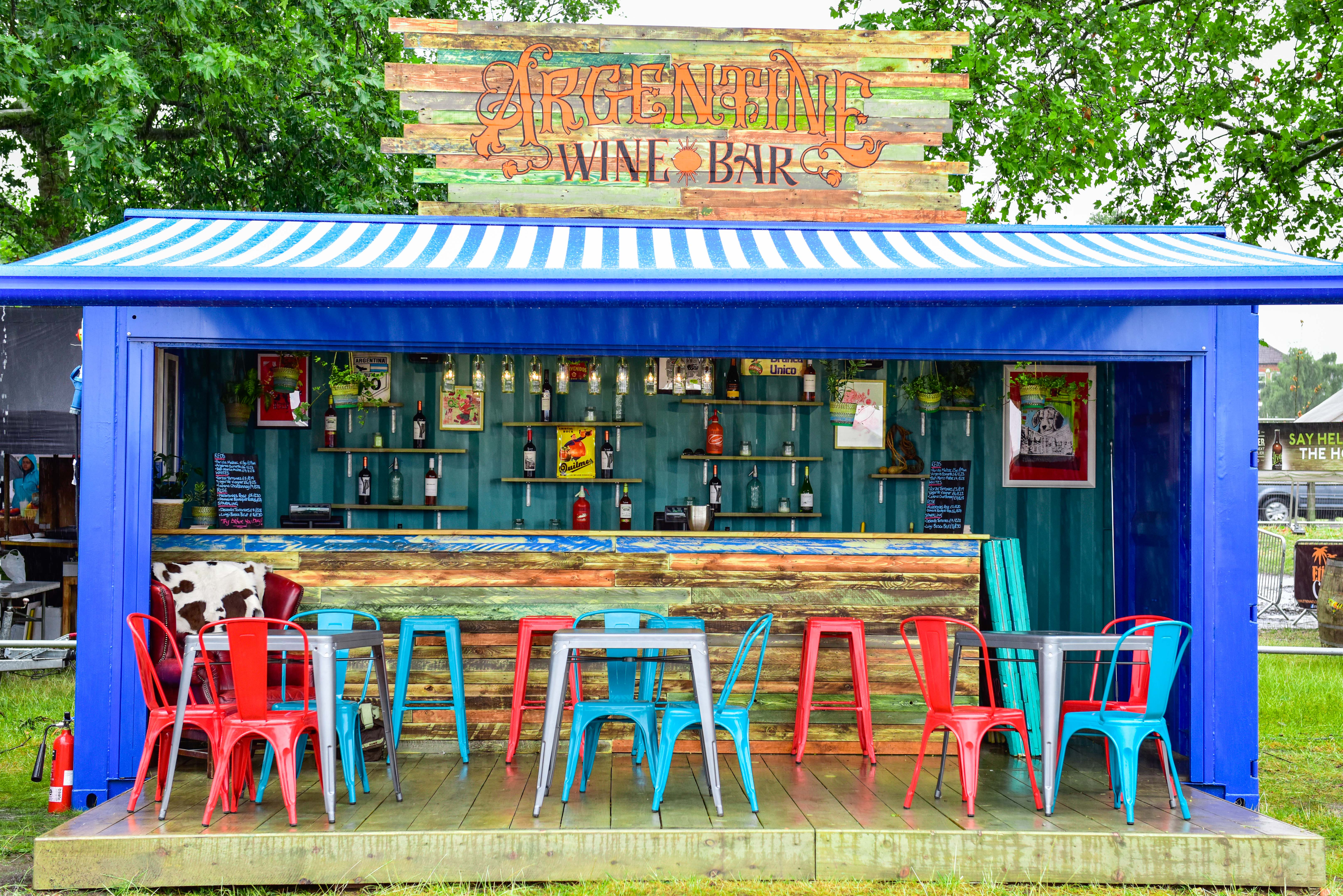In the not so distant past, Greece was more popular as a holiday destination rather than for a wine trip. The wine varietals that you could name off the top of your head were usually just Xinomavro and Assyrtiko and the regions, Nemea, Naoussa and Santorini. A country with over 6,500 years of wine history (and at least 4000 continuously!) and surprisingly little detail in popular wine books and slim sections on wine shops. Some might have heard about the 350 documented native grapes of Italy, but what about the over 300 Greek ones? When studying wine, it feels we dedicate volumes to Italy and skim through Greece, and I’m writing to remind you about how amazing and varied wines in this country are.
We’ve had the possibility to attend two different sessions about Greek wine during the London Wine Fair, one focused in Crete and the other one on classics and novelties, and it was worth our while. The wines were always presented by very passionate people, the Founder of Southern Wine Roads (Specialist Wine Importer), several Winemakers and even a Master of Wine.
Across all of the presentations, you could not only feel the heartfelt pride on their work but hear how much the wine scene has changed in the last decade and how they’re using technology in a non-invasive way. They’re looking for a cleaner, clearer expression of the terroir and the grapes (and vintage) attributes rather than a mainstream product.
Demitri Walters has put it very well on his presentation for wines from Crete: “To correct a wine it doesn’t take a vintage with corrections (such as chemicals) but years of vineyard management”. As understanding the grape and its expression can take up to 15 years, according to what he said.
Greece has a wide variety of soils and altitudes, with mountains and volcanos in the picture. It has vineyards in the continental area as well as in the islands, which results in a variety of microclimates. It’s interesting to see how few international (French) varietals can be found amongst the different labels, which speaks volumes about the winemaking philosophy of the country, but fear not the unfamiliar names. They might not have your usual favourite but can certainly offer something in the style amongst the wide array of native grapes they grow.
Savatiano is the most widely planted white grape, only outmatched by Roditis, which has pink skins but is usually vinified as a white. If you’ve heard about Retsina, Savatiano is the main grape used for making it but it’s also currently being vinified as a fresh dry white. While it’s widely planted all over Greece, it’s primarily found in Attica (near Athens). Both Roditis and Savatiano – together or as a single varietal – are easy drinking and fresh, although Roditis tends to be more aromatic than the latter.
If you enjoy aromatic wines, Vilana, Muscat of Spinas and Dafni can be your go-to grapes as they’re all very aromatic varieties that give remarkably floral and fruity wines. The latter, being easily spotted due to it’s characteristic hint of bayleaf on the wine.
If you’re looking for something with more volume on whites, Romeiko is widely found in Crete and has an amazing texture and it’s mostly vinified as a blanc de noir, as it has dark skins. This variety is the dominant grape in the blend for making Marouvas, a red done in an oxidative style similarly to a Solera Sherry. Putting this traditional red aside, when being vinified as a white (at least the one we tasted) this grape had a surprising minerality, texture and body that could be compared to an Italian Pinot Grigio.
Assyrtiko is a superstar. It’s a classic, mineral, fresh, slightly saline and can also be found with a great expression in other areas that are not Santorini, like Crete. A natural choice for any Chablis and mineral Sauvignon Blanc lovers.
If you enjoy Nebbiolo, Liatiko is certainly a good option, as it shares the savoury aromas and flavours as well as some of the tannic structure and has been vinified for over 2000 years – years and years of history on every glass! Mandilaria is also a fascinating choice with it’s tea leaves aromas, light colour and high tannins.
Finally, if you enjoy big bold reds, don’t forget to grab a bottle of Xinomavro (that can be often blended with Negoska) or Koniaros, that has recently come back from being almost forgotten and lost to history. This last one ages quite slowly and is usually spotted by its distinct aromas of tobacco and violets. You can thank Domaine Nerantzi for the rescue!
This suggested correlations are by no means a way to try to make the wines blend in with the background of wine from other countries but merely a starting point to work up the courage to dare pick up and open a bottle of an unfamiliar grape (and potentially region) with more confidence and start unfolding the wide array of possibilities that Greece represents.
Wines tasted
- Aoton Savatiano 2021 (Attica)
- Nerantzi Assyrtiko 2022 (Serres)
- Dourakis Lichnos Vidiano 2021 (Crete)
- Aoton Roditis 2020 (Attica)
- Tatsis Goumenissa 2017 (Goumenissa)
- Dourakis Impromptu Mandilari 2014 (Crete)
- Tatsis Old Roots 2017 (Goumenissa)
- Nerantzi Rissos 2013 (Serres)
 WINES OF CRETE
WINES OF CRETE
DEMETRI WALTERS MW
instagram.com/demetriwaltersmw
 SOUTHERN WINE ROADS
SOUTHERN WINE ROADS
instagram.com/southern_wine_roads
..
 DOURAKIS WINERY
DOURAKIS WINERY
AOTON WINERY
 DOMAINE NERANTZI
DOMAINE NERANTZI
TATSIS WINERY






